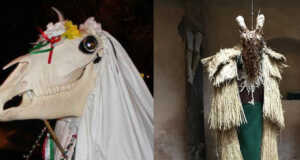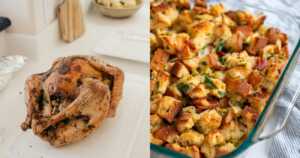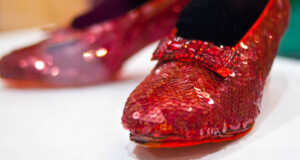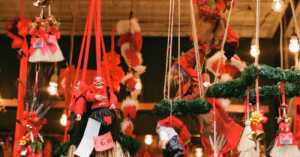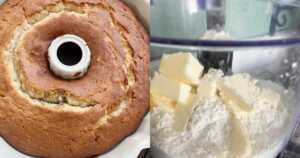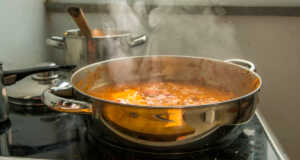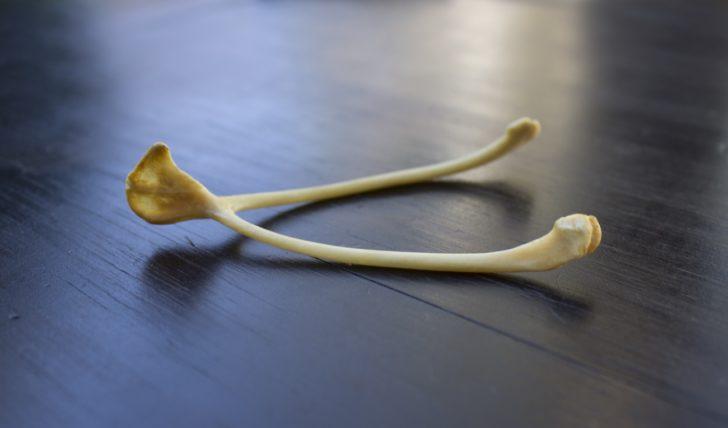
On Thanksgiving day in kitchens all over the country, countless siblings and cousins will fight over who gets to be the pair to break the turkey wishbone between the two of them. As ever-present as the kids’ table and the mashed potatoes, it’s a tradition that your great-grandma likely participated in and odds are good that your great-grandchild probably will end up doing the same. But why? Why do we break a poultry bone in the hopes that it brings us good fortune? And what on earth is a wishbone anyway?
First things first, a wishbone is actually called a furcula, and it’s just the fusion of clavicles in a bird. We all have two collarbones, but avian ones are fused together in a forked manner to help with flight, while ours remain unfused.
Click HERE to shop our ‘Oh Snap!’ Collection!

So why do we break them in half for luck? Well, you see, it all began with the Etruscans. (That would be an ancient Italian civilization.) The Etruscans REALLY liked chickens, so much so that they felt they were oracles capable of predicting the future and would place them in a sacred circle to peck out divine messages from letters placed on the ground. They still also liked to eat chickens, but after a chicken was killed, they would try to preserve their ability to access the oracle’s power by laying the furcula out in the sun to dry so they could later stroke the dried bone and make wishes on it. And so the idea of the ‘wishbone’ was born. (The name came later.)
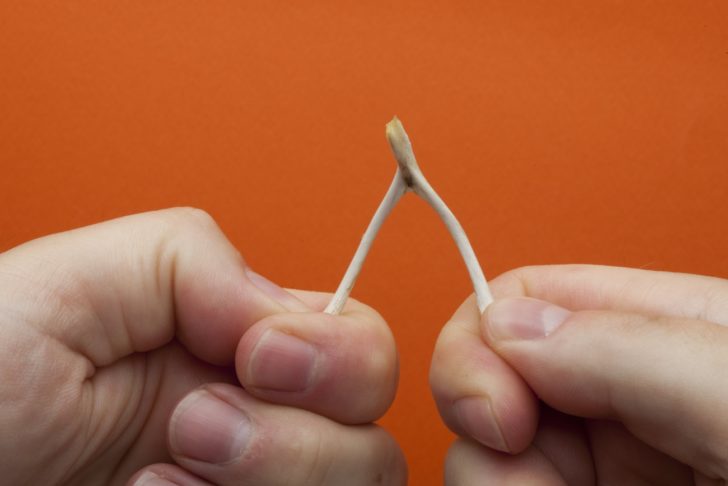
Breaking the bone in half was an idea that came from the Romans, who adopted the Etruscans’ beliefs regarding a chicken’s powers of divination but wanted to make sure that there were enough bones to go around. Breaking the bone in half ensured that two people got the chance to make a wish.
The Romans brought this tradition with them as they traveled throughout Europe, and eventually, the English took up the practice as well. From there, it came to the colonies with English settlers, though Pilgrims transferred the tradition to turkeys. So there you have it! The turkey day tradition is an ancient one, with roots in fortune-telling chickens who hail from Europe. Who knew?



